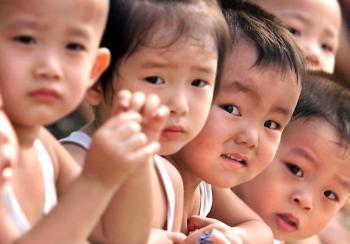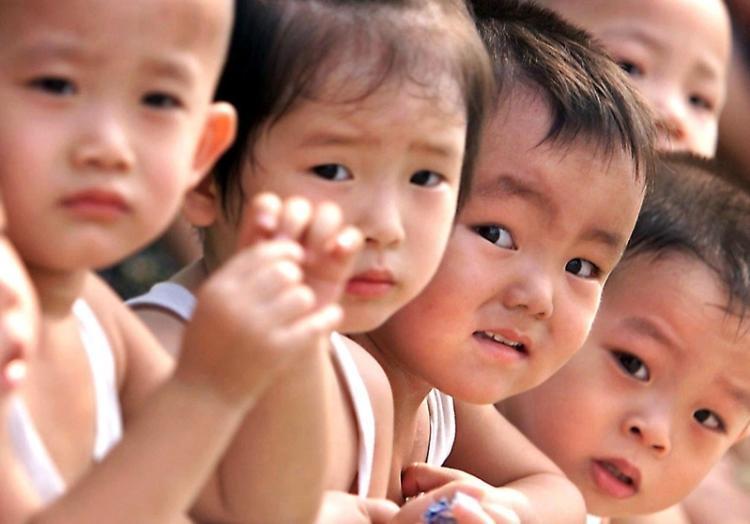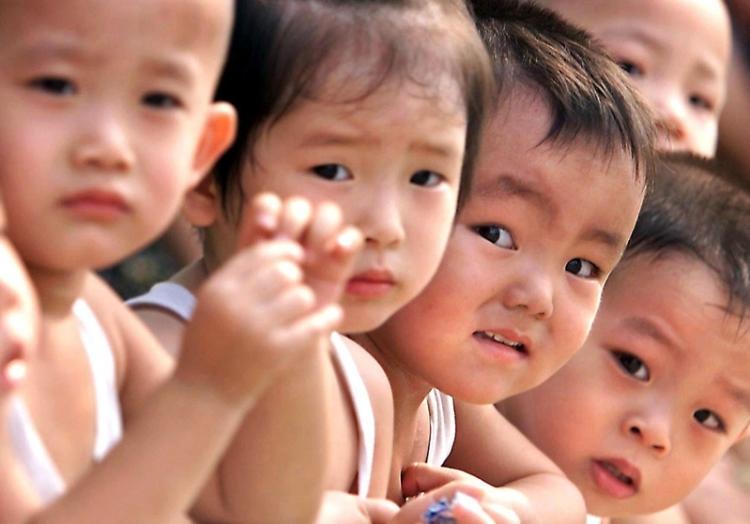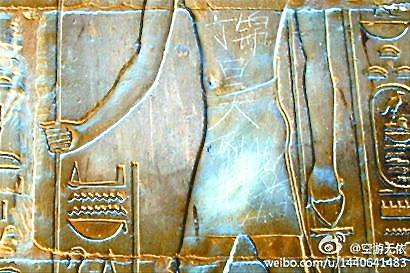Aging Population and Gender Imbalance Challenge China’s One-Child Policy
China’s release of census results show gender imbalance is still on the rise.

China's latest census results show an aging population and declined proportion of newborns. Getty Images
|Updated:





